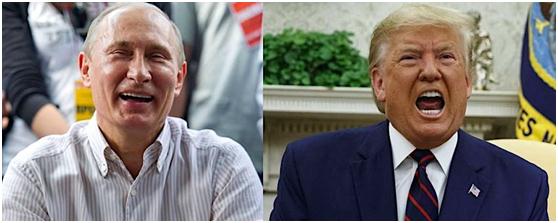New START treaty
President Vladimir Putin has proposed a one-year extension without conditions of the last major nuclear arms reduction accord- the New START treaty-between Russia and the U.S.
- President Vladimir Putin has proposed a one-year extension without conditions of the last major nuclear arms reduction accord- the New START treaty-between Russia and the U.S.
- The New START deal: It is a nuclear arms reduction treatybetween the United States and the Russian Federation with the formal name of Measures for the Further Reduction and Limitation of Strategic Offensive Arms.
- Signed on 8 April 2010 in Prague, and, after ratification entered into force on 5 February 2011.
- Replaced the Treaty of Moscow (SORT),which was to expire in December 2012.
- Its name is a follow-up to the START I treaty,which expired in December 2009, the proposed START II treaty, which never entered into force, and the START III treaty, for which negotiations were never concluded.
- Under terms of the treaty: Number of strategic nuclear missile launchers will be reduced by half.
- A new inspection and verification regime will be established, replacing the SORT mechanism.
- The number of deployed strategic nuclear warheads is limited to 1,550.
- Number of deployed and non-deployed inter-continental ballistic missile (ICBM) launchers, submarine-launched ballistic missile (SLBM) launchers, and heavy bombers equipped for nuclear armaments to 800 will be limited.
- Timeline to meet these Targets: These obligations must be met within seven years from the date the treaty enters into force. The treaty will last ten years, with an option to renew it for up to five years upon agreement of both parties.


